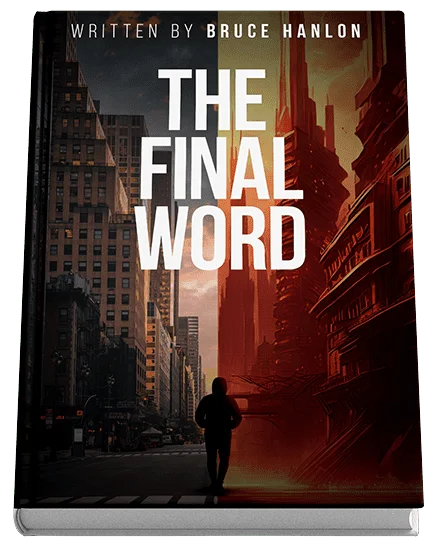Tension is a crucial element in storytelling that keeps readers hooked and invested in your narrative. Building tension effectively can transform a good story into a great one filled with suspense and excitement.
In this article, we’ll explore practical tips and techniques for building tension in your writing, ensuring that your stories are engaging and suspenseful.
7 Tips and Techniques for Building Tension in Writing
1. Start with a Strong Hook
Begin your story with a compelling hook that grabs the reader’s attention from the first sentence. This can be an intriguing question, a shocking event, or a character in a precarious situation.
A strong opening sets the tone and draws readers in, making them want to read more.
2. Create Relatable Characters with Clear Goals
Tension is more effective when readers care about the characters. Develop relatable characters with clear goals and motivations.
When readers understand what your characters want and why, they become more invested in their struggles and the tension surrounding their journey.
3. Introduce Conflict Early
Conflict is the driving force of tension in a story. Introduce conflict early on to establish stakes and create a sense of urgency. This conflict can be external (a physical threat or obstacle) or internal (a character’s emotional or psychological struggle).
The sooner the conflict appears, the sooner the tension begins to build.
4. Use Multiple Layers of Conflict
Enhance tension by layering different types of conflict throughout your story. Combine external conflicts (like a looming danger) with internal conflicts (like a character’s self-doubt).
This multidimensional approach keeps readers engaged and constantly anticipating the next twist or turn.
5. Pacing and Timing
Pacing plays a crucial role in building tension. Vary the rhythm of your narrative to create peaks and valleys of suspense.
Use shorter sentences and paragraphs during high-tension scenes to increase the pace and create a sense of urgency. Slow down the pace during moments of reflection or buildup to give readers a breather before the next wave of tension.
6. Build Emotional Stakes
Tension isn’t just about physical danger; it’s also about emotional stakes. Delve into your characters’ emotions and relationships, highlighting what they stand to lose.
The more emotionally invested your characters are, the more intense the tension becomes.
7. Cliffhangers
Ending chapters or scenes with cliffhangers is a classic way to build tension. Leave your characters in precarious situations or unresolved conflicts to compel readers to keep reading.
Cliffhangers create a sense of urgency and anticipation, making it hard for readers to put the book down.
Example from “The Final Word” by Bruce Hanlon
Bruce Hanlon‘s “The Final Word” exemplifies masterful tension-building. When a naval frigate mysteriously crashes into a suburban neighborhood, the community is plunged into chaos. The gradual revelation of what caused the crash, combined with the residents’ struggle for survival, creates an atmosphere of palpable tension.
Hanlon’s skillful use of pacing, conflict, and foreshadowing keeps readers on the edge of their seats, eager to uncover the truth.

Order Your Copy of “The Final Word” Today!
Building tension in your writing is essential for creating suspenseful and engaging stories. By implementing these tips and techniques, you can keep your readers hooked from the first page to the last. Remember, the key to effective tension is a combination of strong characters, compelling conflict, and strategic pacing.
Ready to experience expertly crafted tension? Order your copy of “The Final Word” by Bruce Hanlon today and dive into a story that will keep you guessing until the very end.
